Florida has spent more than $100 million pouring more sand onto beaches in the past three years. Is it time to wave a white flag?
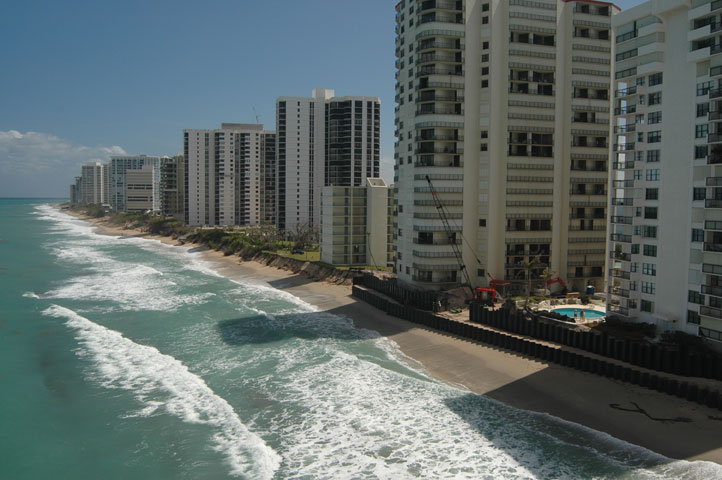
In South Florida’s war against the tides, it may be time to recognize that discretion is the better part of valor. For the past 70 years, the state of Florida has spent more than $1.3 billion on packing sand onto eroding beaches.
A wider, deeper beach awaits Ocean City vacationers, but is it safe?
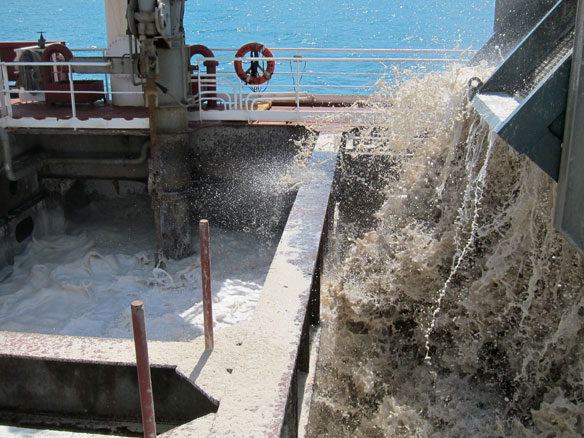
Ocean City vacationers may notice deeper, wider beaches, the result of a $282 million sand-dredging project aimed at protecting the resort town from storm damage. But the work also raises concerns about surf injuries and swimmer safety.
Widening beaches might bring more hazards, researchers say
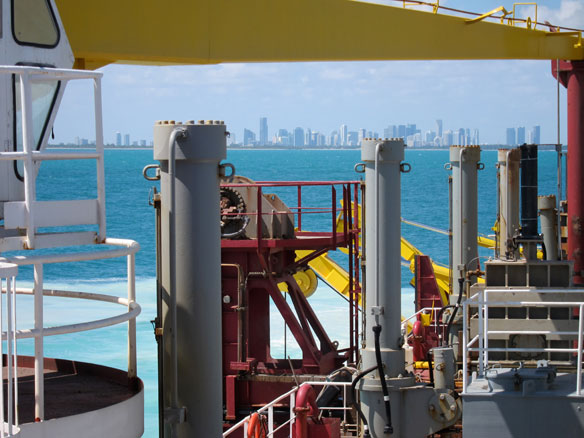
Widening beaches might be linked to an increase in accidents, according to new data. The number of ocean rescues spikes after beaches are buffed up, according to the data published in the Journal of Ocean Research.
Can Adding Sand to Beaches Save Them?
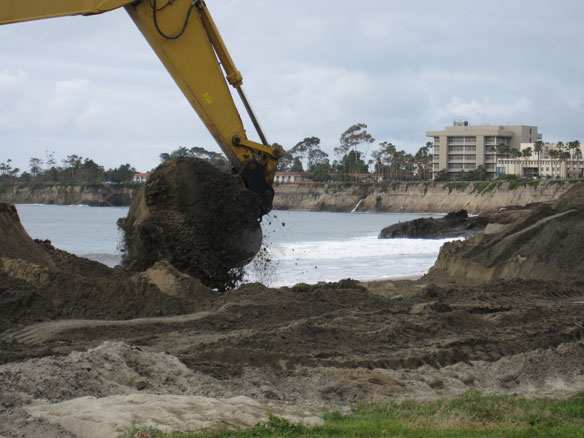
The question is, can beach nourishment keep up with the ever-increasing forces of climate change or, like Sisyphus forever pushing his boulder up the hill, is adding sand to beaches an expensive, temporary fix to a long-term problem?
Though wealthy, Jupiter Island gets $8.6M for beach repair from FEMA
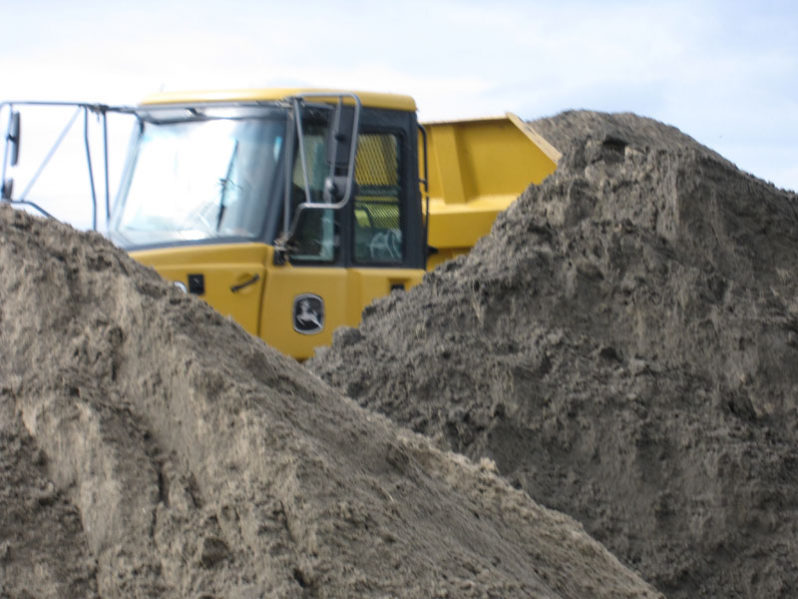
Jupiter Island, a well-heeled seaside enclave where home values average $4.97 million, was awarded $8.6 million in federal emergency money for beach re-nourishment following a beating by 2016’s Hurricane Matthew. FEMA has obligated more than $233 million for Florida beach projects under the program.
To shore up beaches, just add sand?
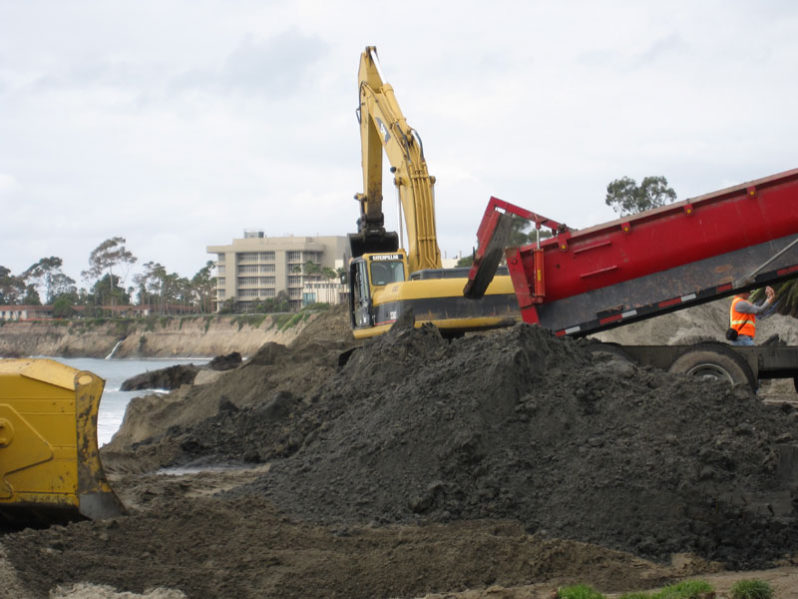
New research is shedding light on how mechanically placed sand on San Diego County beaches moves and its potential impacts.
Factbox: Sifting Through U.S. Beach Sand Numbers
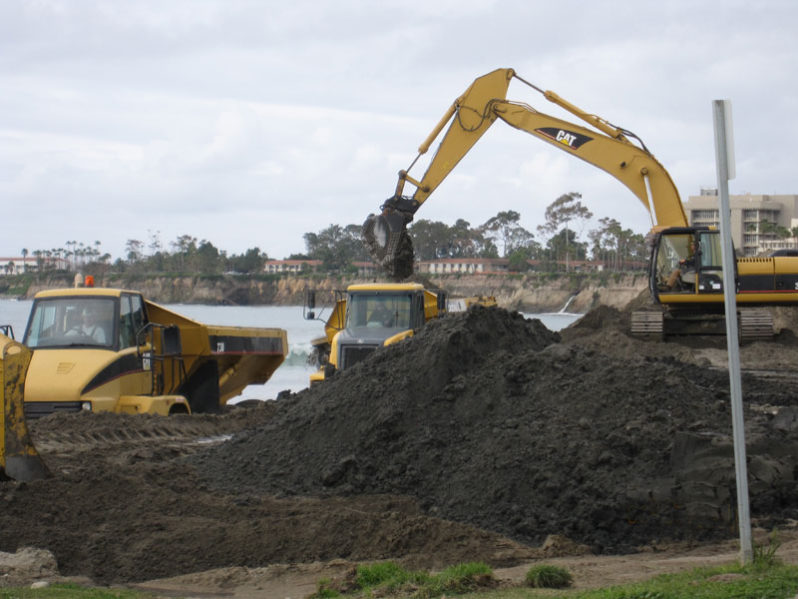
Here is a summary of what Florida and other coastal states and communities have been doing to protect and rebuild their shorelines based on to the American Shore and Beach Preservation Association (ASBPA) data.
Gone with the wind: storms deepen Florida’s beach sand crunch

Costs of so-called beach renourishments are a fraction of the total, measured in hundreds of millions of dollars, but the effort is crucial for Florida’s $67 billion tourism industry. And while sand needs are surging, there is not enough to go around.
Shore towns use sand dredged from inlets to widen beaches
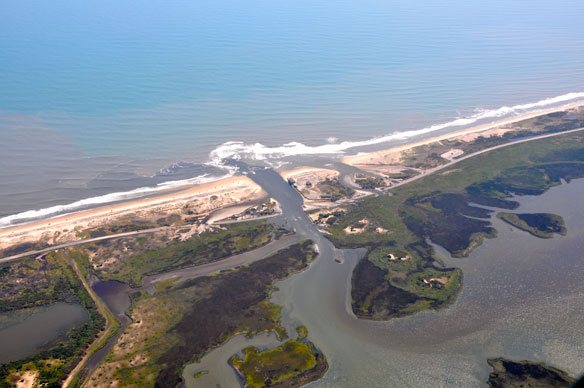
Coastal areas around the country are dredging clogged inlets to make them easier to navigate, and using the sand they suck from the bottom to widen beaches damaged by natural erosion or serious storms. Concerns that have arisen from inlet dredging include possibly disturbing wildlife habitat, or affecting the shape of nearby shorelines.
